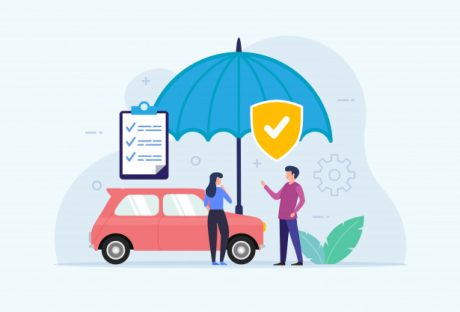It is usually the case that very few seniors know what rights they have when it comes to long-term care, as well as their options when it comes to their finances. Many people will either avoid thinking and planning about the issue or develop a faith that they won’t need senior care when they grow older. The statistics point out that nearly 70 percent of Americans age 65 and older will need some kind of long-term care for their sunset years. Nursing Home bills can be expensive if you are not aware of it.
When it comes to payment for nursing home costs, you will typically use a combination of Medicaid, long-term care insurance, assuming you took out a policy and have been faithful with the premiums and money out of your own pocket. Paying for it out of your own pocket or some form of insurance will take a lot of planning beforehand and savings as well. Because most people don’t do this, they instead turn to Medicaid.
A Look in Medicaid Of Nursing Home:
Medicaid isn’t like Medicare, which doesn’t cover long-term care. Medicaid is a means-tested system which means that you can only qualify if you have a low income, own a small amount of money or assets or both.
It is usually the case that seniors will want to preserve their money, either to pass it on to their families or simply because they want to preserve it. The problem is that Medicaid has strict requirements that do not allow for this. Medicaid requires Americans to spend money out of their pockets before the program steps in. If a senior American gives their assets away to their families, then Medicaid has a 60-month look-back period where they will look for this inheritance and hit the senior with a penalty period where they will be disqualified from Medicaid.
There are, however, various legal strategies you can use to protect your finances, according to The National Association of Nursing Home Attorneys.
Put Your Money in an Asset Protection Trust:
These trusts, as you might imagine, are designed to protect your wealth. You can, however, use it to protect your money in other instances as well. When you pass your assets along to a properly designed trust, then that property no longer belongs to you. It is therefore not within reach of any creditors or even Medicaid. Make sure you make the transfer more than five years before you need long-term care because it could still come within the look-back period of Medicaid.
Put Your Money in an Income Trust:
You have to deal with income limits when you apply for Medicaid. If your income exceeds that limit, it will be considered as excess. To avoid this situation, you can put your money in either a pooled income trust or a Qualified Income Trust.
Qualified income trusts are designed to hold any of your excess income. It is an irrevocable income trust. A pooled income trust, on the other hand, is used to hold excess income for disabled individuals. The income from many such individuals is pooled together managed by a not-for-profit organization.
Caregiver Agreements:
This can prove to be a useful strategy in some situations. It is useful when the individual would like to access extra services that Medicaid does not cover. You can get a friend or family member that has taken some time off from work to provide you with these services and pay them an income for it. It is an excellent way to ensure you are cared for by someone you trust and also to reduce your countable resources from Medicaid’s perspective.
Read Also:


























